Previous Day - Next Day

“There comes a point when a dream becomes reality and reality becomes a dream.”
~ Frances Farmer
Wikiquote (Frances Farmer (Frances Elena Farmer (September 19, 1913 – August 1, 1970) an American actress of stage and screen. She is perhaps better known for sensationalized and fictional accounts of her life, and especially her involuntary commitment to a mental hospital.)
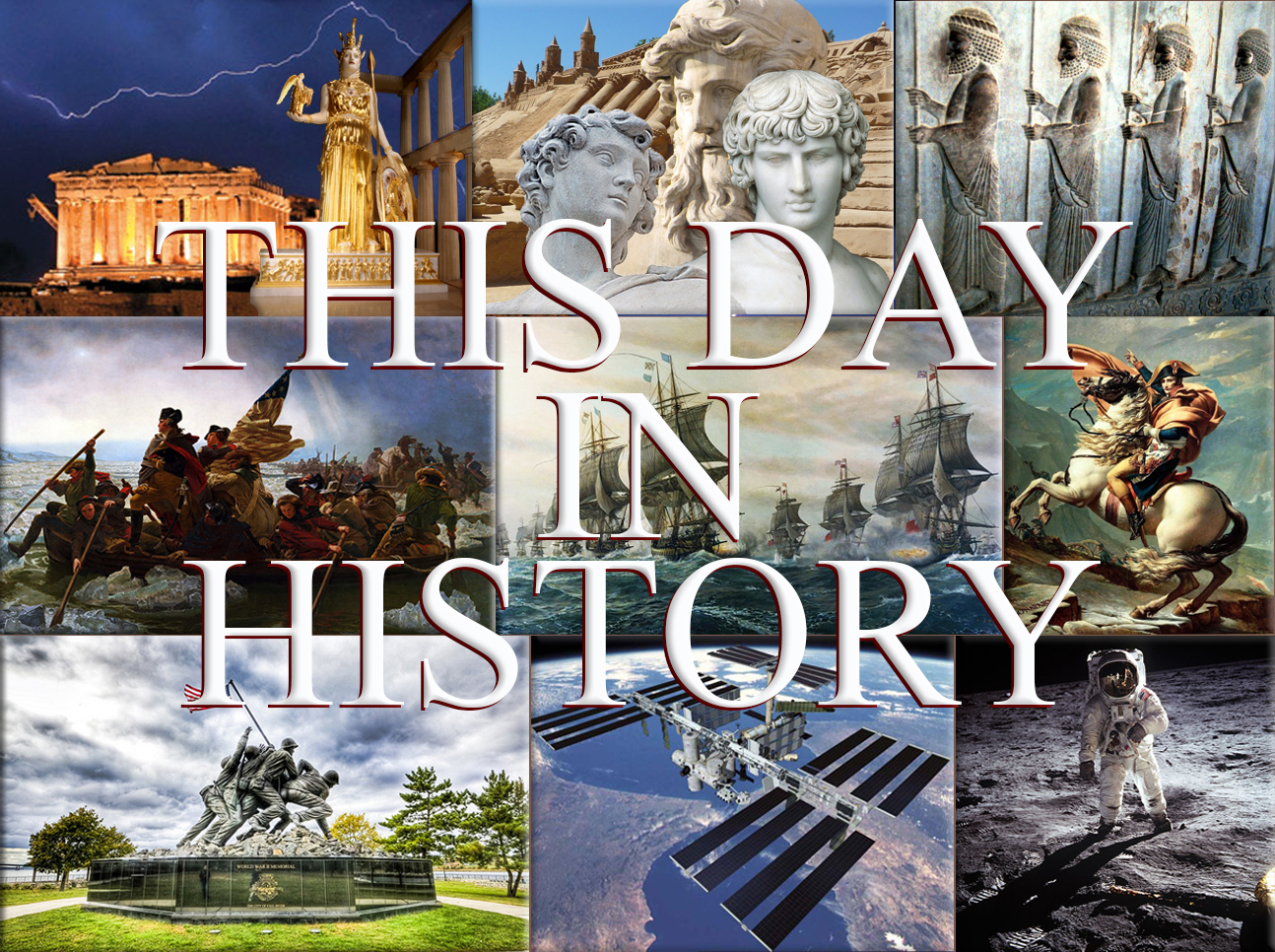
September 19th, 335
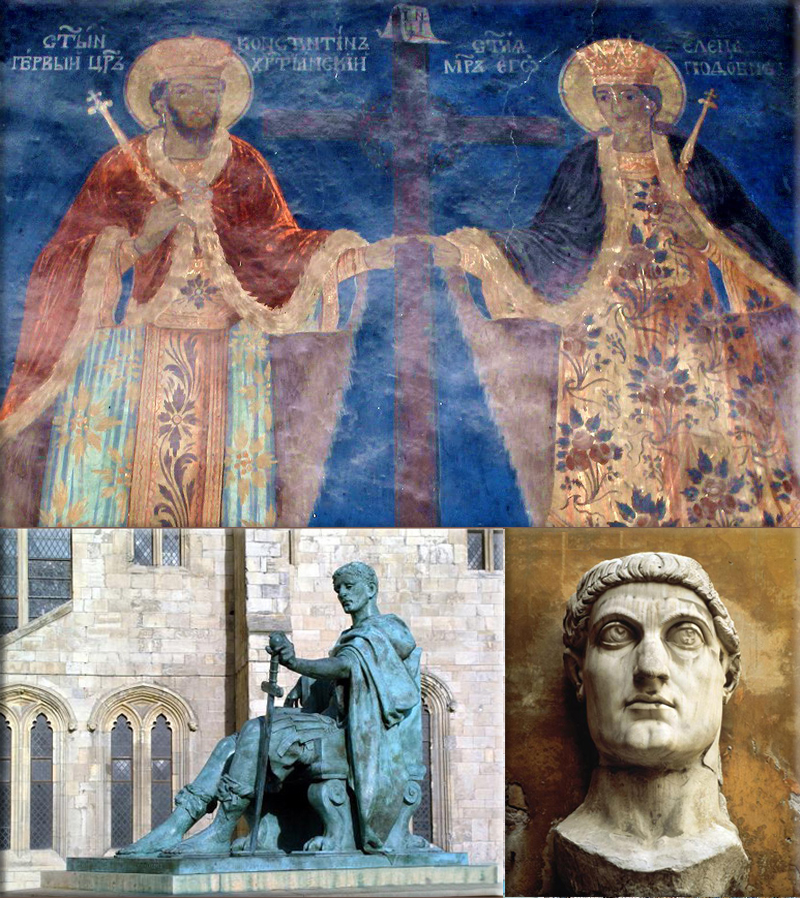
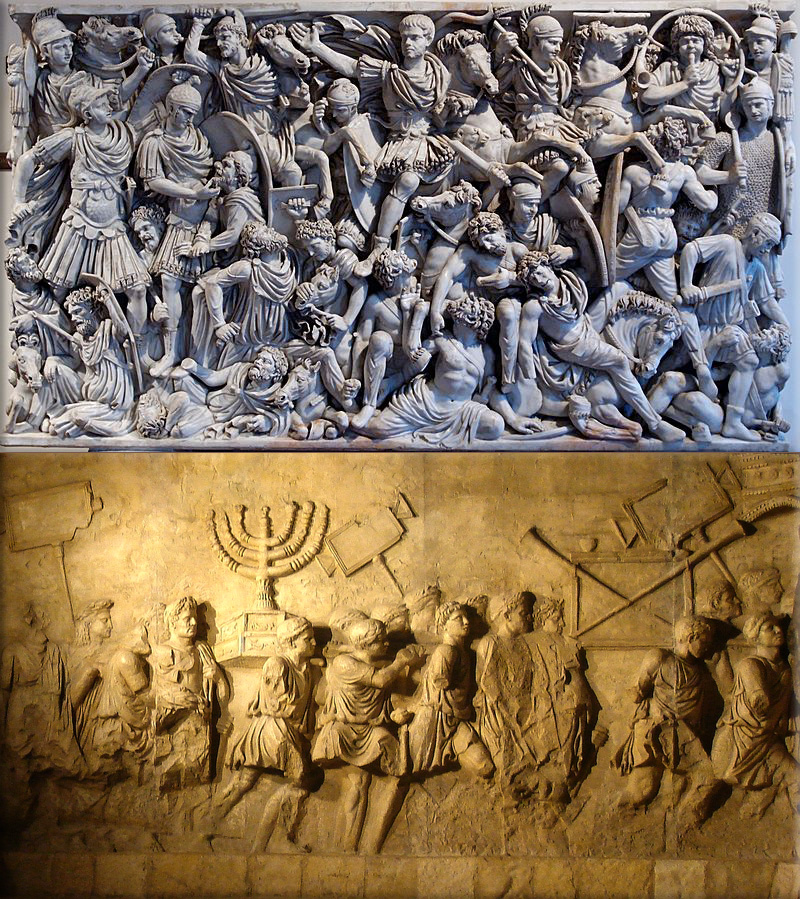
Roman Empire:
335 - Flavius Dalmatius is raised to the rank of Caesar by his uncle Constantine I.
Wikipedia Image: Colossal portrait of Tiberius (14-37 AD) seated on a throne, here represented as Jupiter. Vatican, Rome. Marble. / Palace of Tiberius and Caligula (Palazzo di Tiberio e di Caligola)
Fresco from Monastery of St. Jovan, above the village Gornji Matejevac near Nis. depicting St. Constantine the Great and his wife, holding the cross; Bronze statue of Constantine I in York, England, near the spot where he was proclaimed Augustus in 306; Constantine the Great, mosaic in Hagia Sophia, 1000.
Relief from a 3rd-century sarcophagus depicting a battle between Romans and Germanic warriors; the central figure is perhaps the emperor Hostilian / Depiction of the Menorah on the Arch of Titus in Rome.
September 19th, 1356


Hundred Years' War:
1356 - Battle of Poitiers: an English army under the command of Edward, the Black Prince defeats a French army and captures the French king, John II.
Wikipedia Painting: "Morning of the Battle of Agincourt, 25th October 1415", painted by Sir John Gilbert; Joan of Arc's Death at the Stake, by Hermann Stilke (1843); King Henry V at the Battle of Agincourt, 1415, by Sir John Gilbert; Joan of Arc enters Orléans (painting by J.J. Sherer, 1887); Joan interrogated in her prison cell by Cardinal Winchester. By Hippolyte Delaroche, 1824, Musée des Beaux-Arts, Rouen, France.
Charles Martel (grandfather of Charlemagne) And The Battle of Tours (Poitiers): A Decisive Victory For The Wes.
September 19th, 1676

Bacon's Rebellion: Jamestown is burned to the ground by the forces of Nathaniel Bacon.
Wikipedia Painting: Bacon's Rebellion, National Park Service, Colonial National Historical Park.
September 19th, 1692
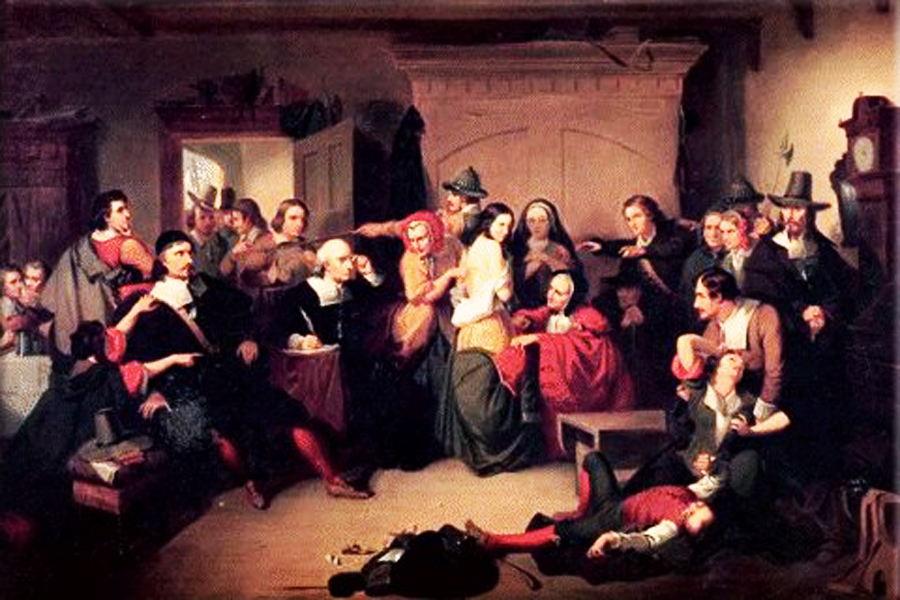
Giles Corey is pressed to death after refusing to plead in the Salem witch trials.
Wikipedia Painting: Martha, Giles was then brought before the court and faced his accusers. The testimony against him was read out. This is taken from a deposition dated the 9th of September, 1692
September 19th, 1777
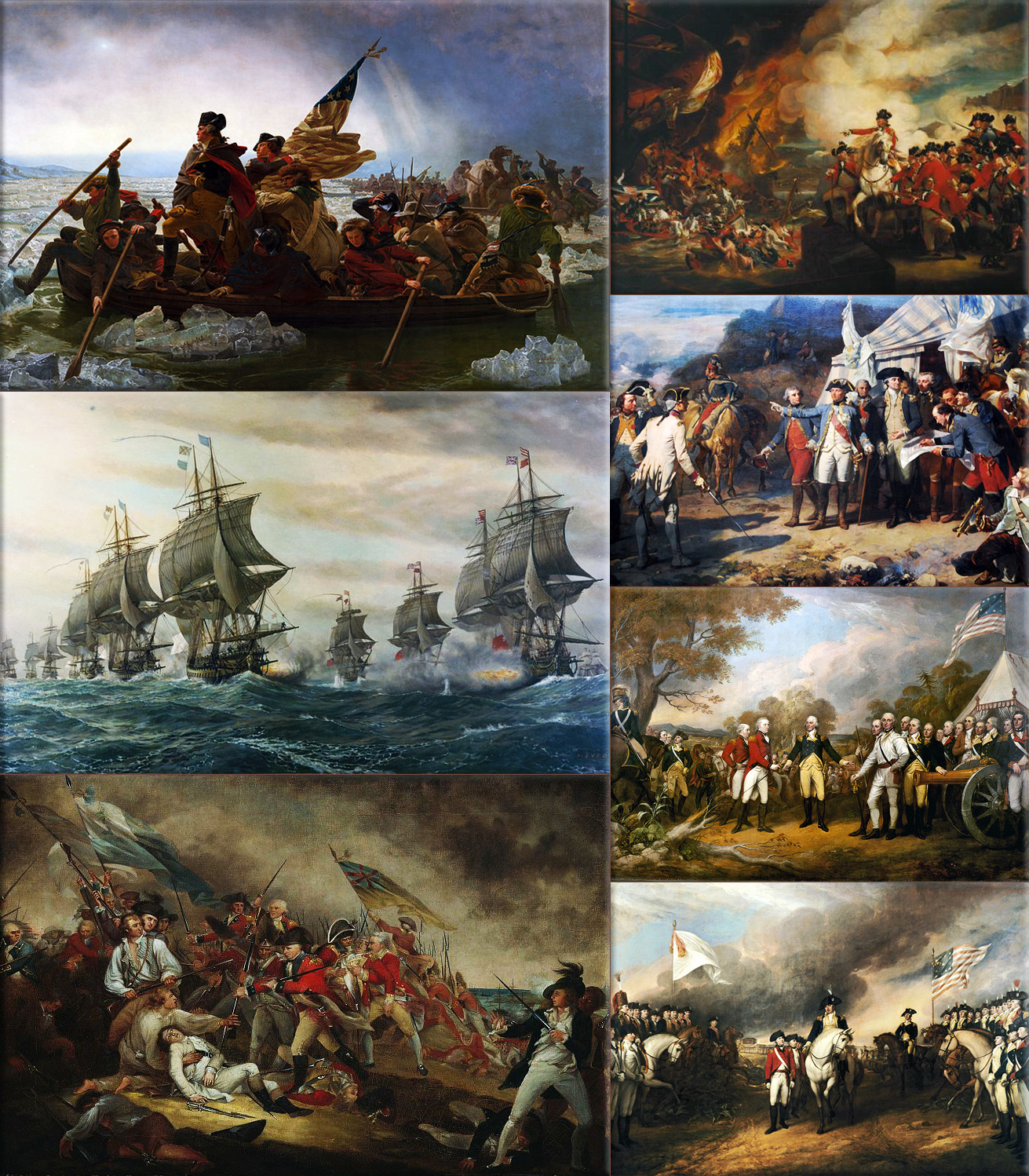
American Revolutionary War:
1777 - First Battle of Saratoga; British forces win a tactically expensive victory over the Continental Army.
Wikipedia Paintings: Washington Crossing the Delaware, by Emanuel Leutz; Battle of the Chesapeake, French (left) and British (right) lines; Battle of Bunker Hill, The Death of General Warren at the Battle of Bunker Hill by John Trumbull; The Defeat of the Floating Batteries at Gibraltar, September 13, 1782, by John Singleton Copley; Washington and the Comte de Rochambeau at Yorktown, 1781; "The surrender at Saratoga" shows General Daniel Morgan in front of a French de Vallière 4-pounder; Surrender of Cornwallis at Yorktown by (John Trumbull, 1797).
September 19th, 1778
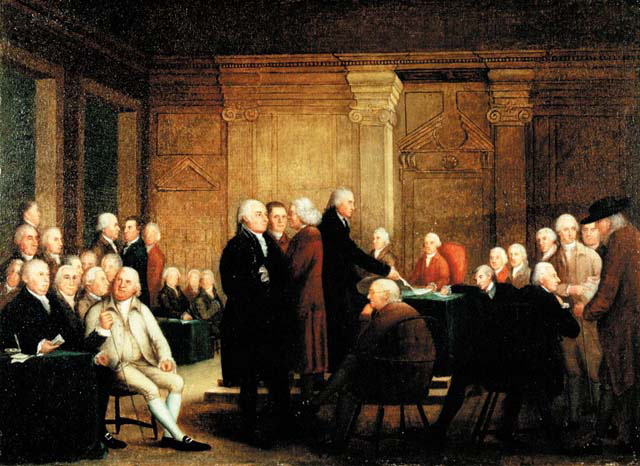
Continental Congress passes the first budget of the United States.
Wikipedia Painting: Continental Congress; 1775–1777: Pennsylvania State House, Philadelphia, Pennsylvania
September 19th, 1796
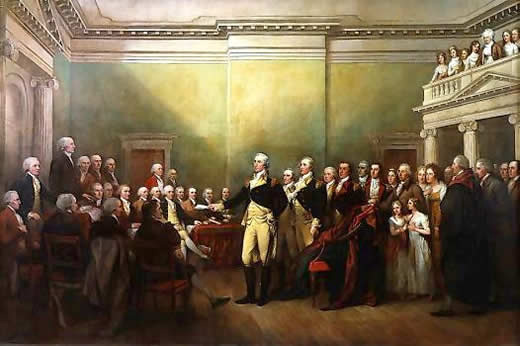
George Washington farewell address is printed across America as an open letter to the public.
Wikipedia Painting: George Washington's Farewell Address, The Architect of the Capitol.
September 19th, 1799


French Revolutionary Wars / Napoleonic Wars:
1799 - Battle of Bergen; French-Dutch victory against the Russians and British.
Wikipedia Painting: Battle of Trafalgar: The British HMS Sandwich fires to the French flagship Bucentaure (completely dismasted) in the battle of Trafalgar;
Napoleon in Berlin (Meynier). After defeating Prussian forces at Jena, the French Army entered Berlin on 27 October 1806;
Battle of the Bridge of Arcole Napoleon Bonaparte leading his troops over the bridge of Arcole, by Horace Vernet;
Napoleon as King of Italy (Appiani);
Napoleon Crossing the Alps (David). In 1800 Bonaparte took the French Army across the Alps, eventually defeating the Austrians at Marengo;
Charge of the Russian Imperial Guard cavalry against French cuirassiers at the Battle of Friedland, 14 June 1807;
Battle of Borodino as depicted by Louis Lejeune. The battle was the largest and bloodiest single-day action of the Napoleonic Wars;
Napoleon's withdrawal from Russia, a painting by Adolph Northen;
Wellington at Waterloo by Robert Alexander Hillingford;
Napoleon is often represented in his green colonel uniform of the Chasseur à Cheval, with a large bicorne and a hand-in-waistcoat gesture.
Battle of Bergen, Netherlands.
September 19th, 1862
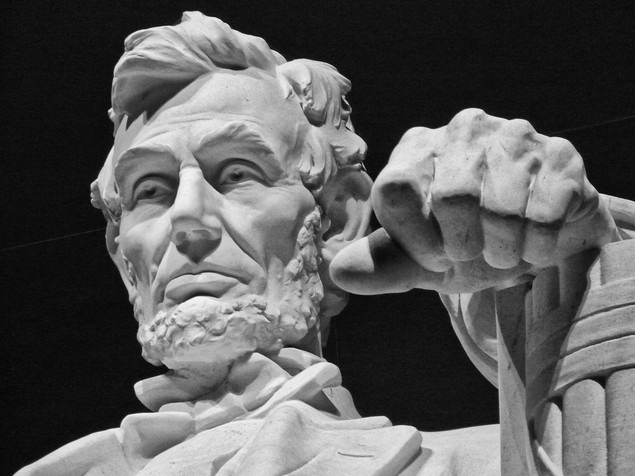
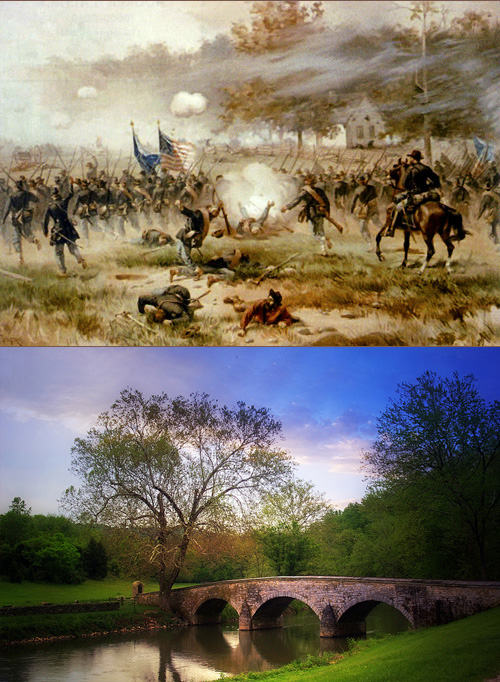
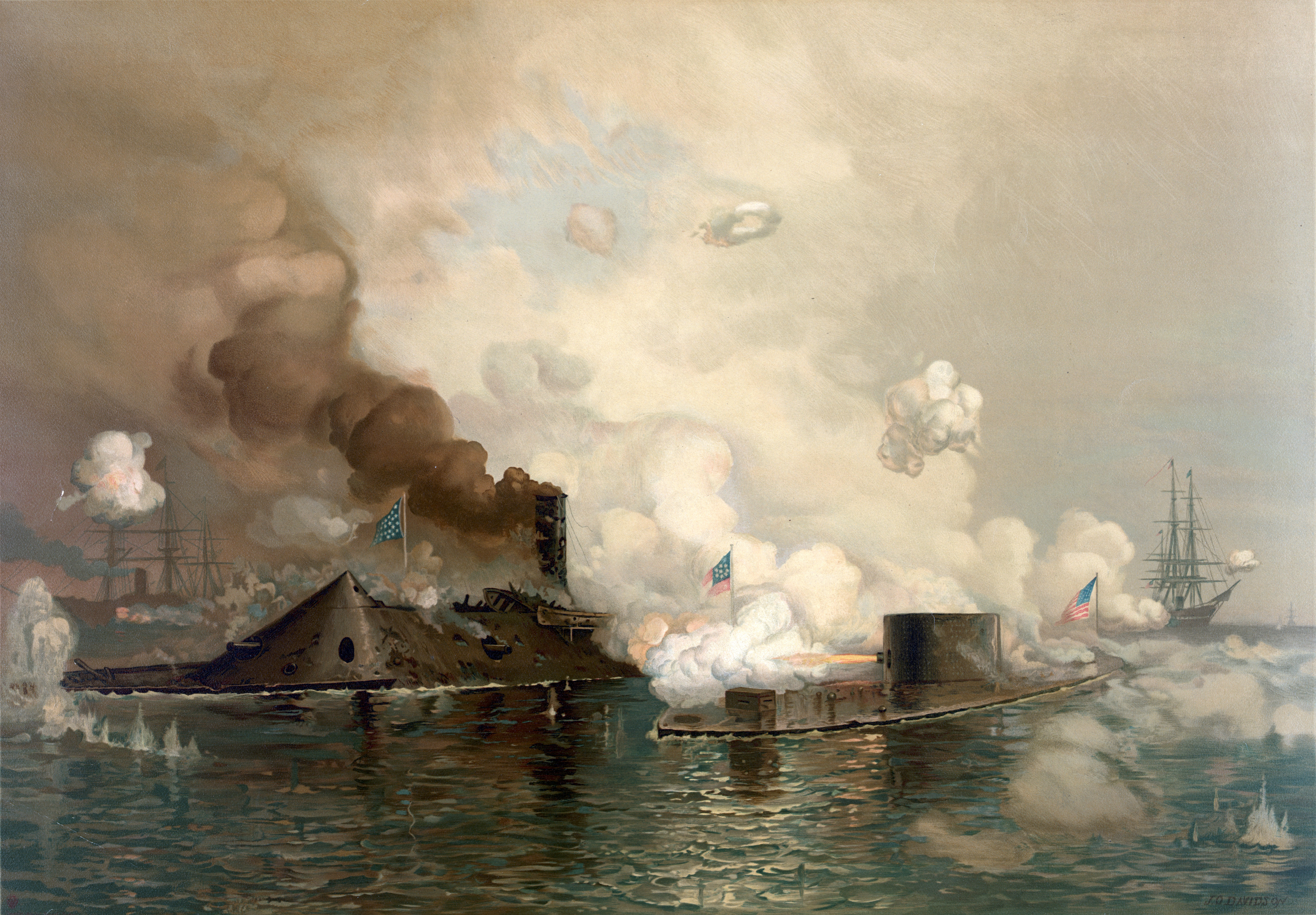
American Civil War:
1862 - Battle of Iuka; Union troops under General William Rosecrans defeat a Confederate force commanded by General Sterling Price.
1863 - Battle of Chickamauga; most significant Union defeat in the Western Theater of the American Civil War nd involved the second highest number of casualties in the war following the Battle of Gettysburg.
Wikipedia Image: ● Lincoln Memorial; an American national monument built to honor the 16th President of the United States, Abraham Lincoln - located on the National Mall in Washington, D.C. across from the Washington Monument.
● The northern army led by George McClellan and the southern army led by Robert E. Lee met at Antietam Creek, Maryland in September, 1862. It was a bloody battle where 13,000 Confederates and 12,000 Union troops died in just one day. McClellan had hesitated to attack before the battle thus letting the southern troops regroup. Also, he had saved reserves and refused to use them at the end of the battle thinking that Lee was holding reserves for a counterattack, even though those reserves didn't exist. The Union victory stopped Lee's northward advance and was a turning point in the war.
● Battle of Antietam / Stone Bridge at Antietam Battlefield - Sharpsburg, Maryland
● First Battle Between Ironclads: CSS Virginia/Merrimac (left) vs. USS Monitor, in 1862 at the Battle of Hampton Roads.
● Although photography was still in its infancy, war correspondents produced thousands of images, bringing the harsh realities of the frontlines to those on the home front in a new and visceral way. The Atlantic.
September 19th, 1870
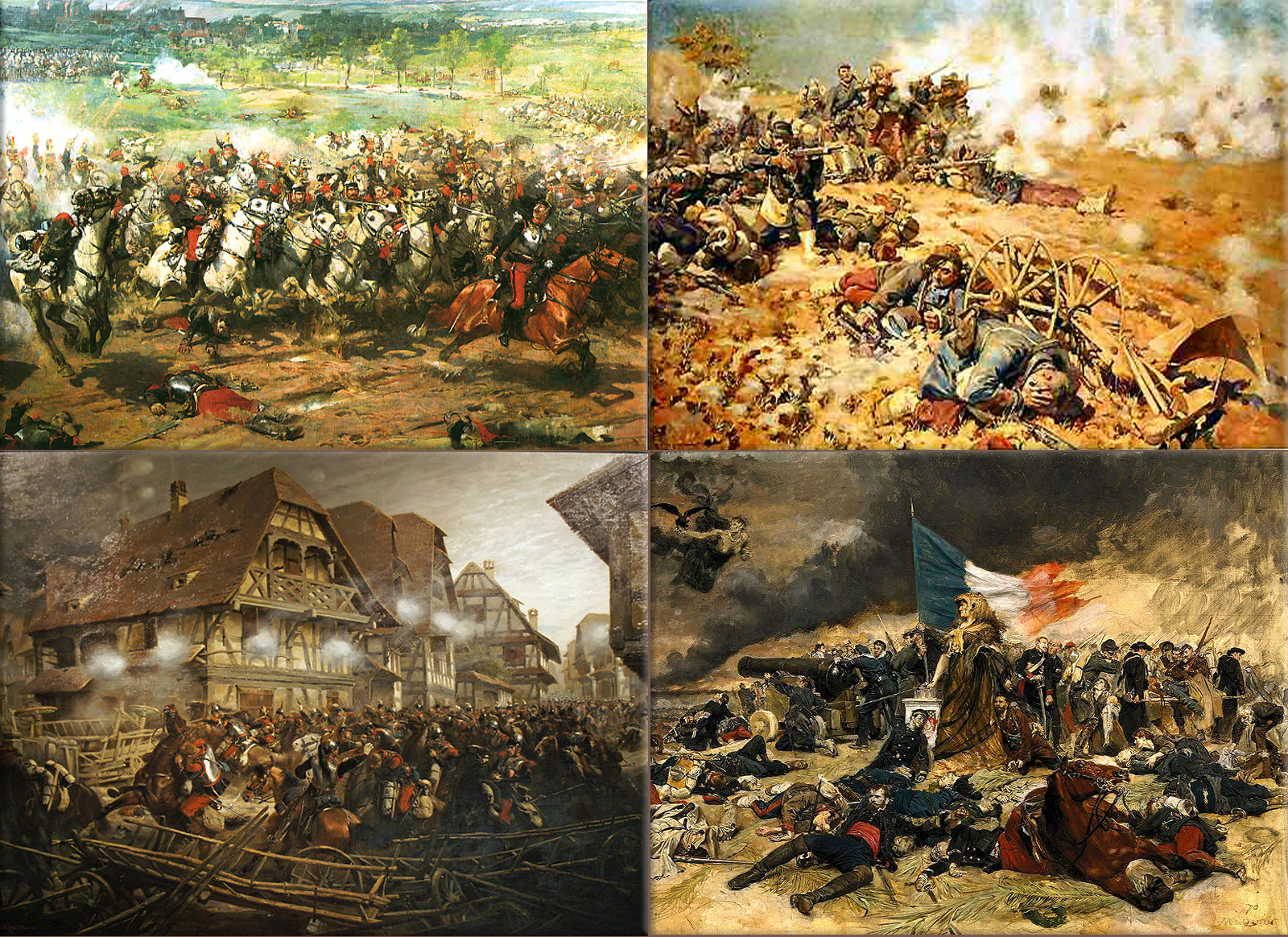
Franco-Prussian War:
1870 - Siege of Paris; which will result on January 28, 1871 in the surrender of Paris and a decisive Prussian victory.
Wikipedia Painting: Aimé Morot's La bataille de Reichshoffen, 1887 ● Battle of Spicheren (August 5th, 1870) ● Battle of Wörth (August 6th, 1870) ● The Siege of Paris, by Jean-Louis-Ernest Meissonier.
September 19th, 1870
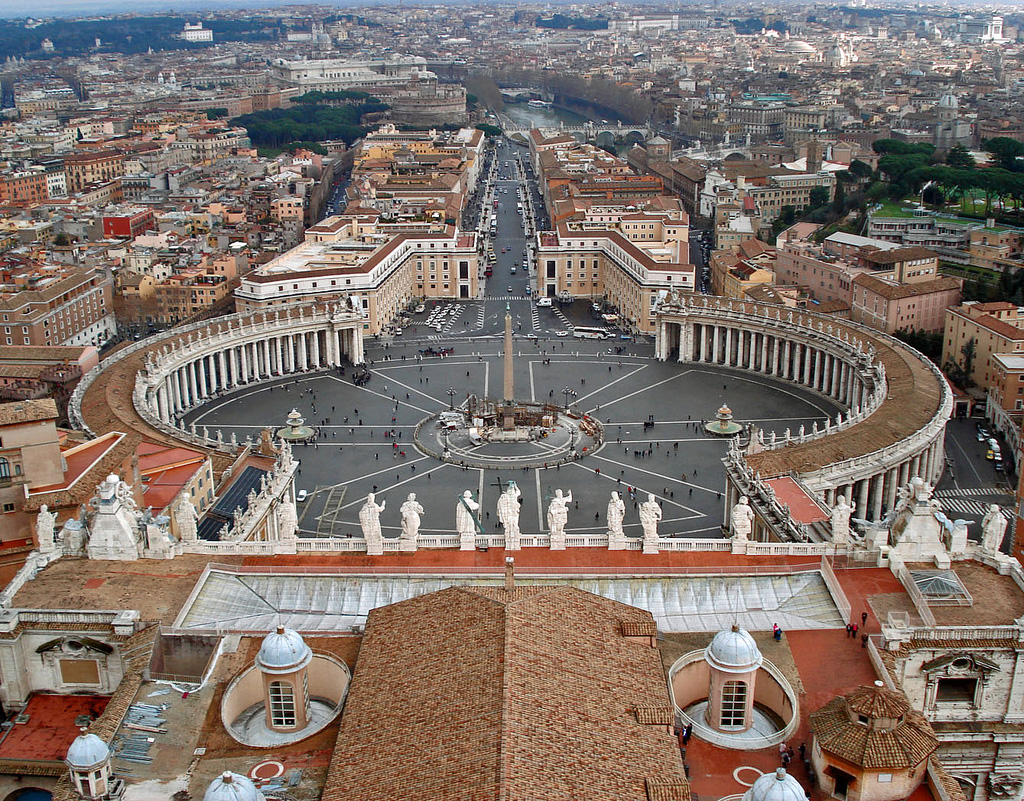
Having invaded the Papal States the Italian Army lays siege to Rome, after which the Pope described himself as a Pope described himself as a Prisoner in the Vatican.
Wikipedia Photo: Vatican City
September 19th, 1881

United States President James A. Garfield dies of wounds suffered in a July 2 shooting.
Wikipedia Photo: James A. Garfield 1831 - 1881
September 19th, 1893
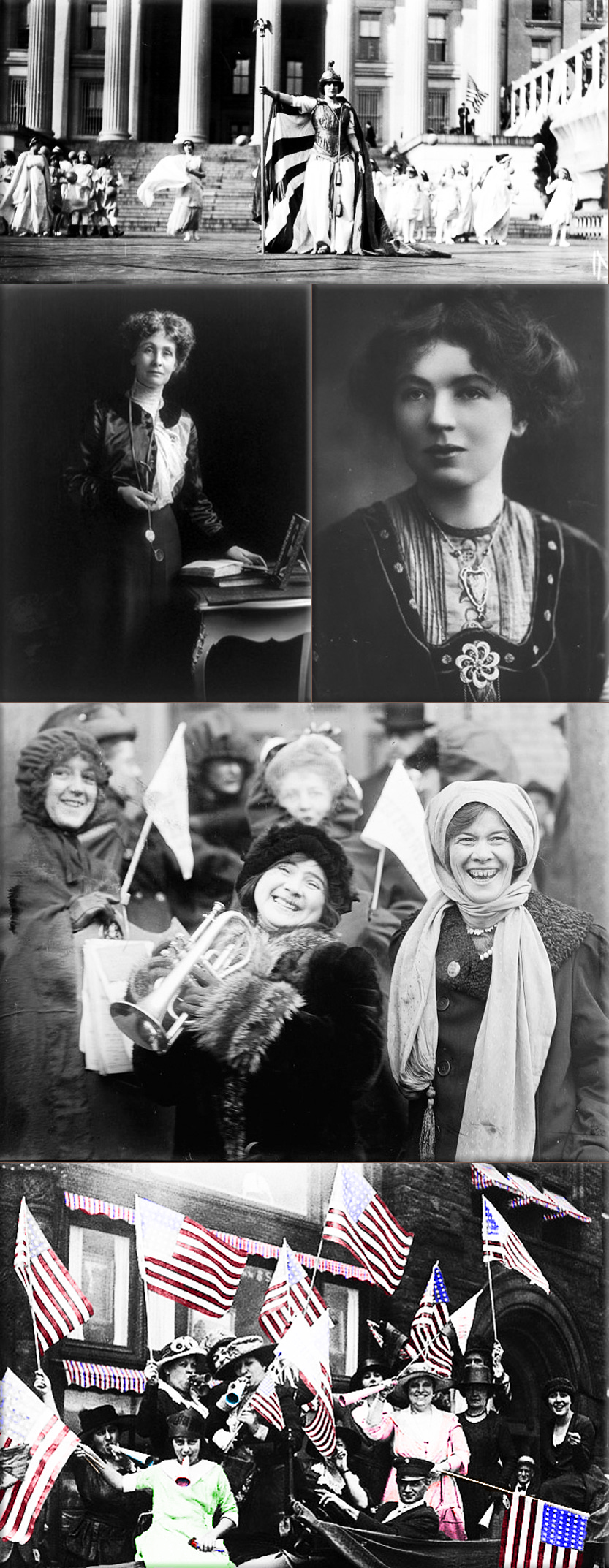
Woman's suffrage:
1893 - In New Zealand, the Electoral Act of 1893 is consented to by the governor giving all women in New Zealand the right to vote.
Wikipedia Photo: Woman's suffrage: in the United Kingdom and United States, credit Library of Congress ● Emmeline Pankhurst (100 Most Important People of the 20th Century) ● Christabel Pankhurst ● Women suffragists demonstrating for the right to vote, February 1913 ● Nineteenth Amendment to the United States Constitution became law on August 26, 1920, and women could vote in the Presidential election.
September 19th, 1934
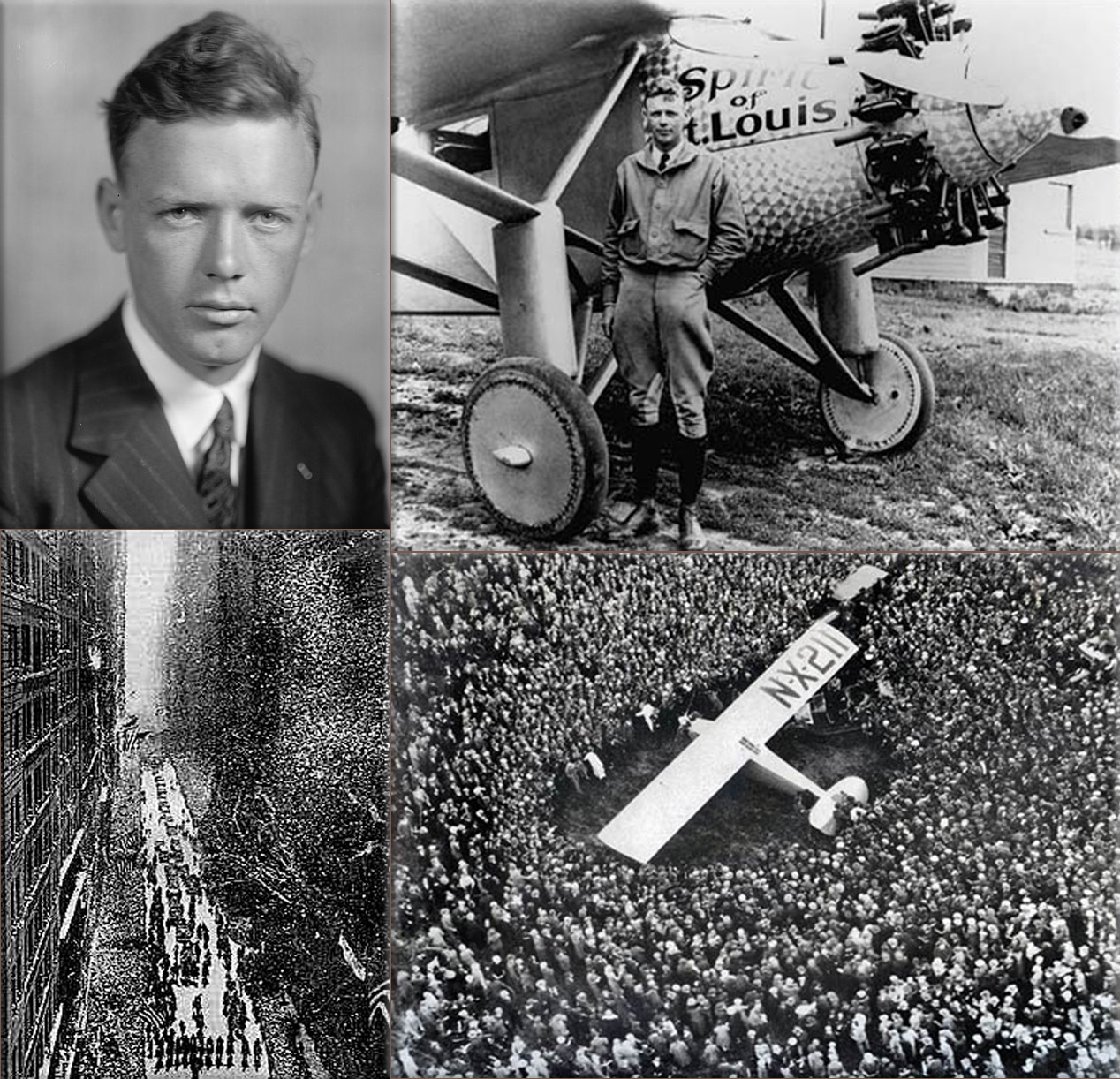
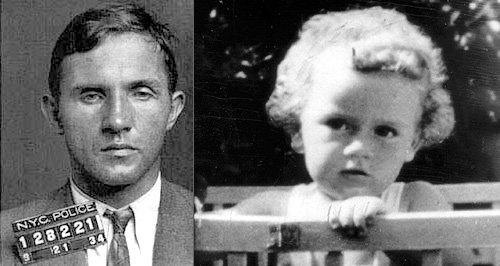
Bruno Hauptmann is arrested for the kidnap and murder of Charles Lindbergh Jr., infant son of aviator Charles Lindbergh.
Wikipedia Photo: Charles Lindbergh (February 4, 1902 – August 26, 1974) (nicknamed 'Slim', 'Lucky Lindy' and 'The Lone Eagle') was an American aviator, author, inventor, explorer, and social activist. (Lindbergh emerged suddenly from virtual obscurity to instantaneous world fame as the result of his Orteig Prize-winning solo non-stop flight on May 20–21, 1927, from New York's Long Island to Le Bourget Field in Paris, France, a distance of nearly 3,600 statute miles (5,800 km), in the single-seat, single-engine purpose built Ryan monoplane Spirit of St. Louis.)
Bruno Hauptmann (Murder, Death by electrocution) / Charles Lindbergh Jr.
September 19th, 1939
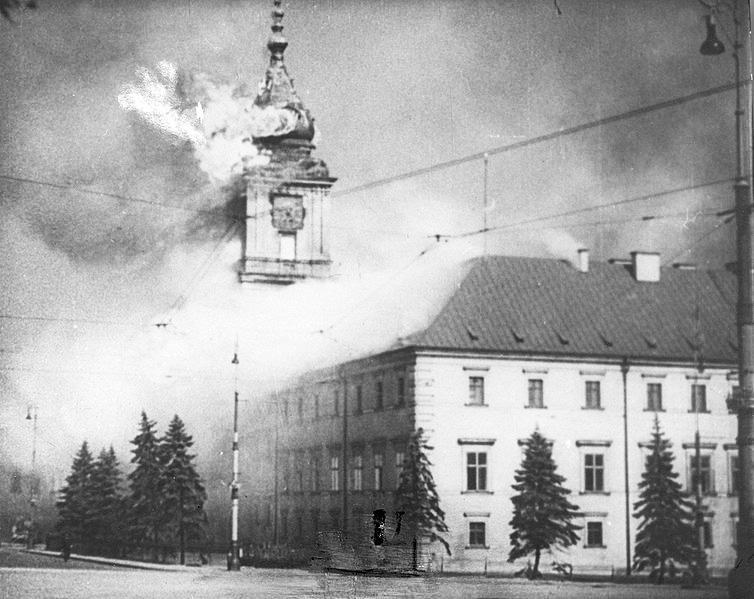
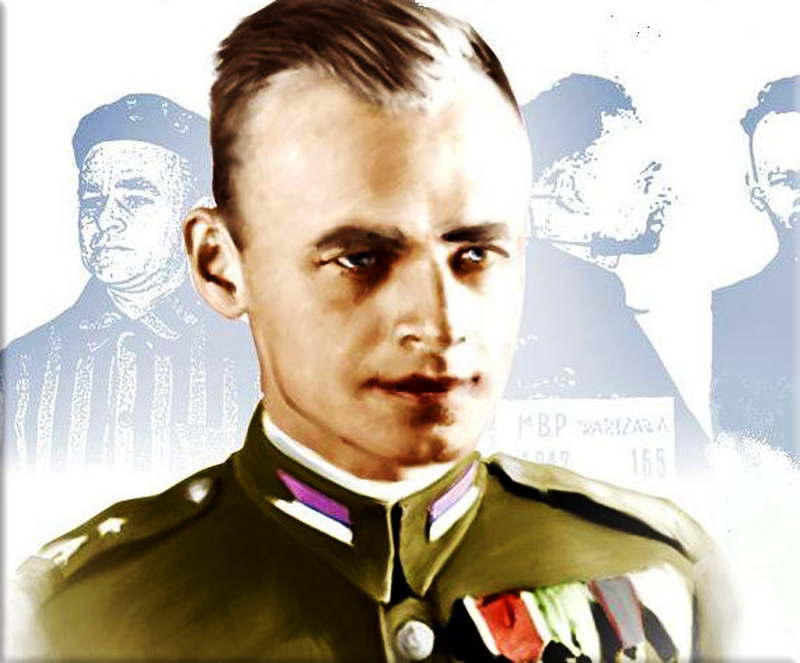
World War II - Poland:
1939 - Invasion of Poland; the Soviet Union joins Nazi Germany's invasion of Poland. The Battle of Kępa Oksywska concludes, with Polish losses reaching roughly 14% of all the forces engaged.
1940 - Witold Pilecki is voluntarily captured and sent to Auschwitz in order to smuggle out information and start a resistance.
Wikipedia Photo: The Royal Castle in Warsaw on fire after being shelled by the Germans ● Witold Pilecki, Polish Second Lieutenant
September 19th, 1944
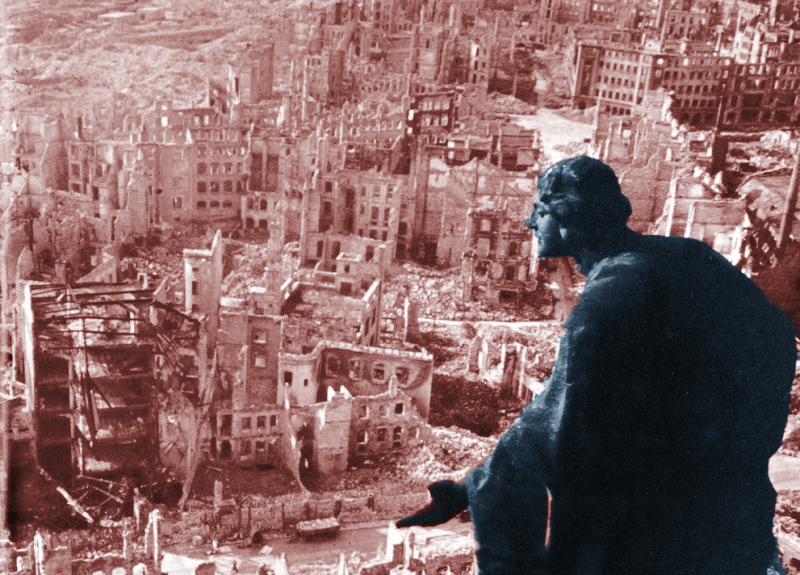

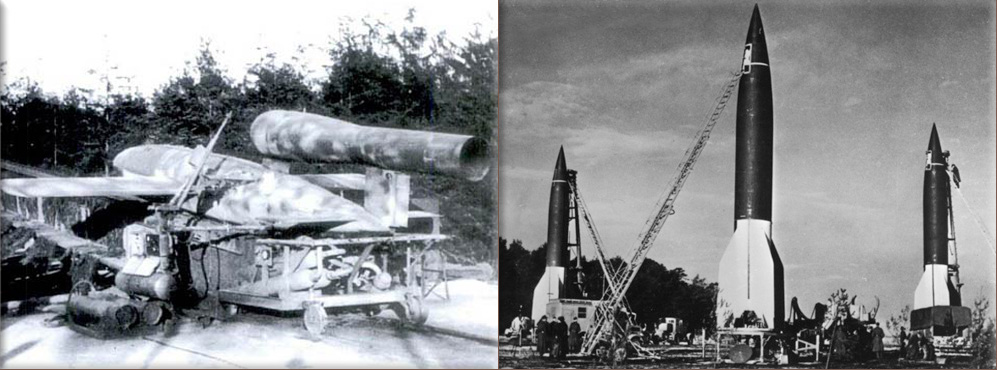
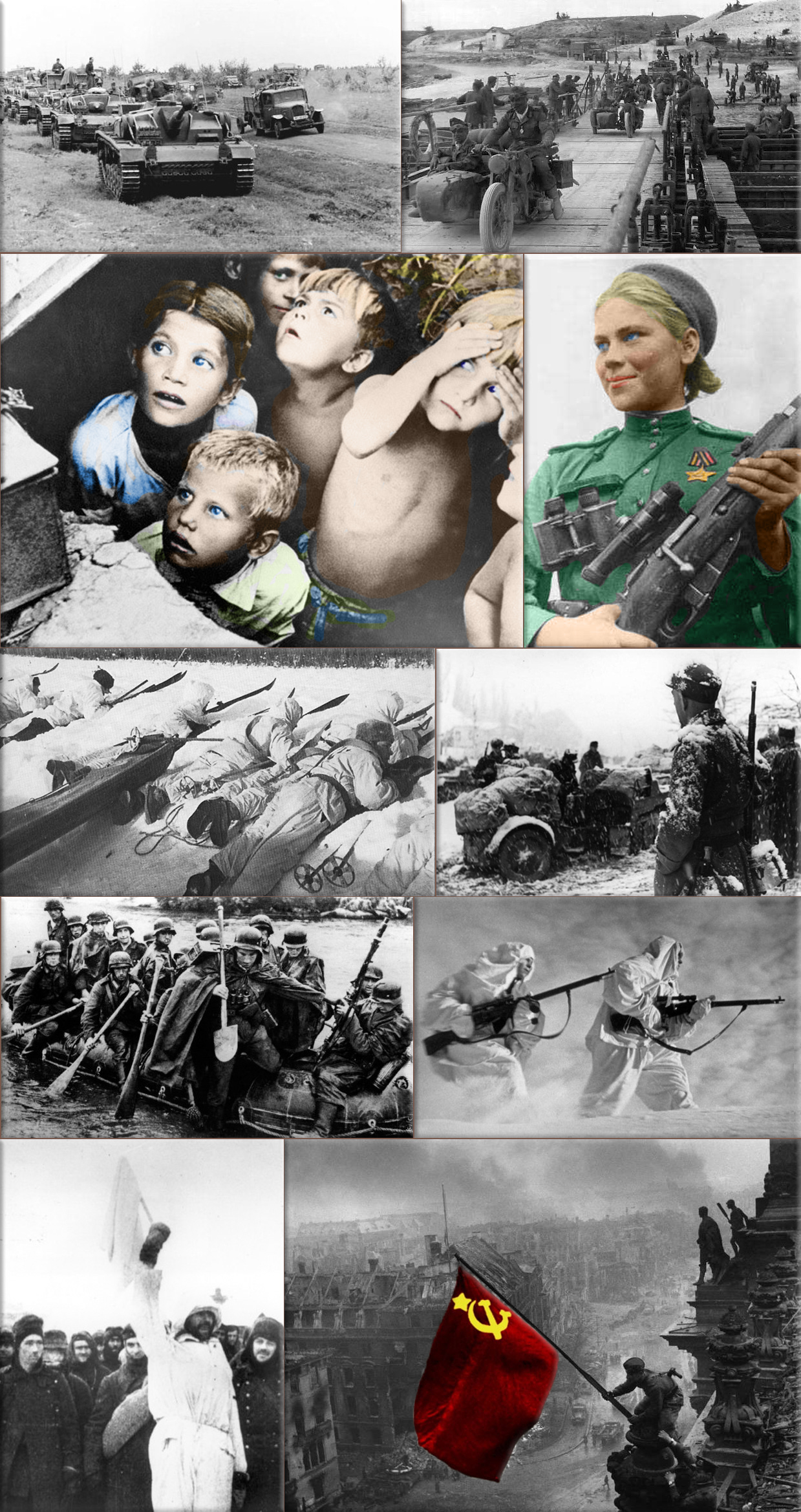
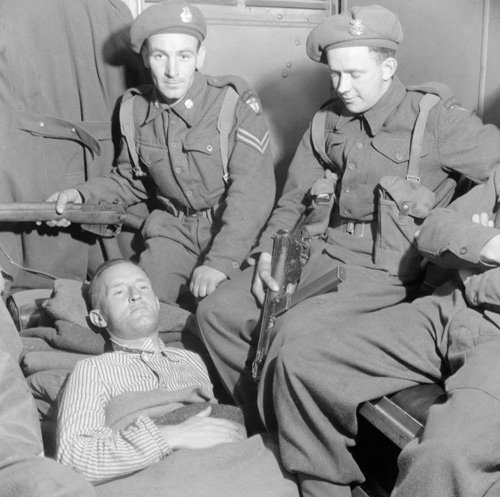
World War II:
1944 - Continuation War ends; Moscow Armistice between Finland and Soviet Union is signed.
1944 - Battle of Hürtgen Forest; United States and Nazi Germany begins.
Post World War II:
1945 - Nazi propaganda broadcaster known as Lord Haw-Haw (William Joyce) is sentenced to death in London.
1946 - The Council of Europe is founded following a speech by Winston Churchill at the University of Zurich.
1952 - The United States bars Charlie Chaplin from re-entering the country after a trip to England.
Wikipedia Photo: Bombing of Dresden in World War II; August Schreitmüller's sculpture 'Goodness' surveys Dresden after a firestorm started by Allied bombers in 1945.
USS Bunker Hill was hit by kamikazes piloted by Ensign Kiyoshi Ogawa and another airman on 11 May 1945. 389 personnel were killed or missing from a crew of 2,600; Ensign Kiyoshi Ogawa, who flew his aircraft into the USS Bunker Hill during a Kamikaze mission on 11 May 1945; Kamikaze Missions - Lt Yoshinori Yamaguchi's Yokosuka D4Y3 (Type 33 Suisei) "Judy" in a suicide dive against USS Essex. The dive brakes are extended and the non-self-sealing port wing tank is trailing fuel vapor and/or smoke 25 November 1944.
German V1 flying-bomb and V2 Rockets - Preparations for a Salvo Launch of V-2 Rockets in the Heidelager near Blizna (Poland) (1944), credit German History in Documents and Images GHDI.
Eastern Front (World War II); Germans race towards Stalingrad. August 1942; Soviet children during a German air raid in the first days of the war, June 1941, by RIA Novosti archive; Soviet sniper Roza Shanina in 1944. About 400,000 Soviet women served in front-line duty units Caucasus Mountains, winter 1942/43; Finnish ski patrol: the invisible enemy of the Soviet Army with an unlimited supply of skis; Men of the German Engineers Corps cross a river which is swollen after the first autumn rains, to strengthen bridges linking the German positions on the central front in Russia. by Keystone / Getty Images. October 1942; Russian snipers fighting on the Leningrad front during a blizzard. Photo by Hulton Archive / Getty Images, 1943; German soldiers surrendering to the Russians in Stalingrad, the soldier holding the white flag of surrender is dressed in white so that there could be no doubt of his intentions, a Russian soldier is on the right of the photograph. by Keystone / Getty Images, January 1943.
Lord Haw Haw (William Joyce) upon his capture by British soldiers. Imperial War Museum. United States Holocaust Memorial Museum, USHMM.
September 19th, 1957
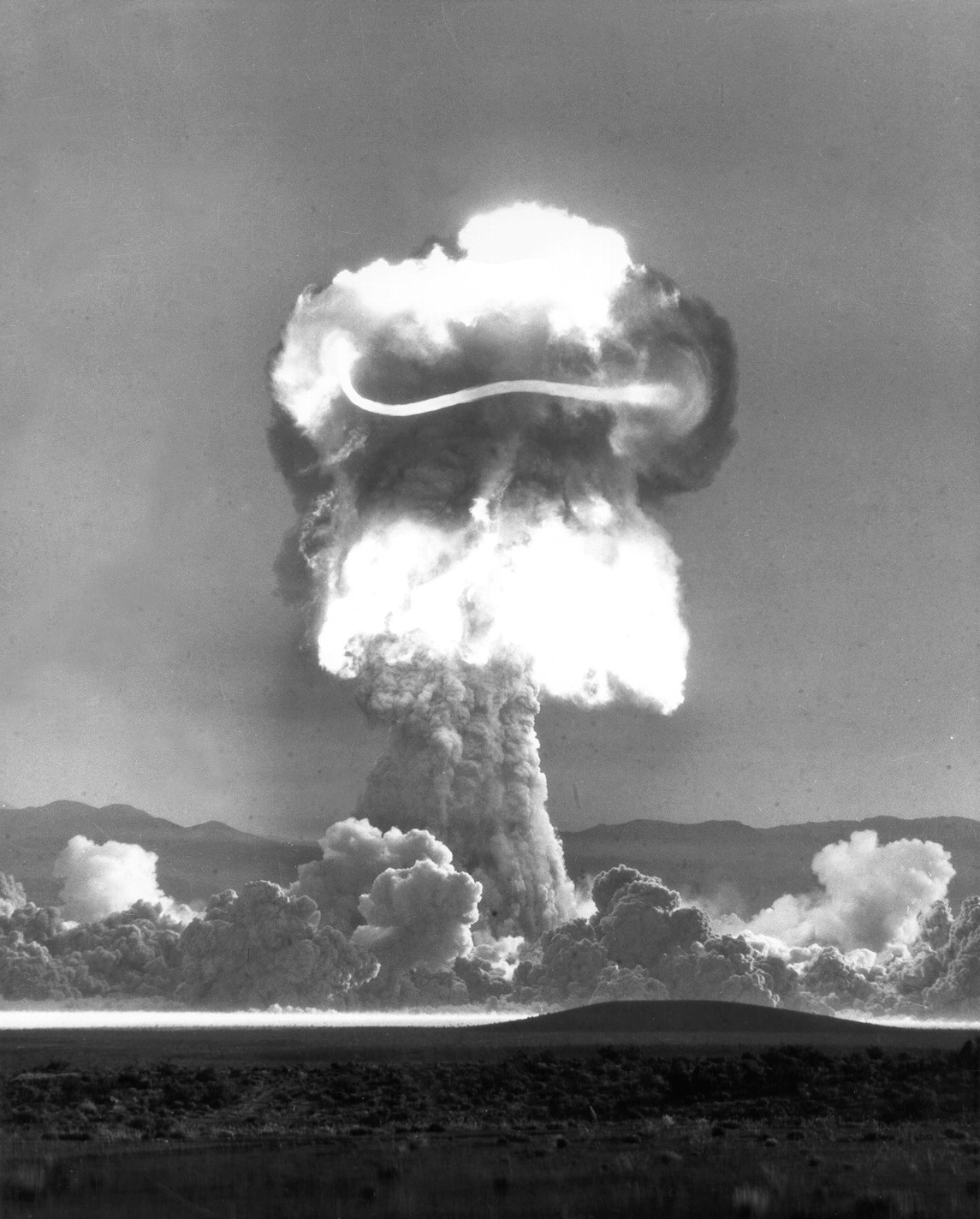
Operation Plumbbob: first American underground nuclear bomb test.
Wikipedia Photo: Margaret Chase Smith: Smith was the first woman to be elected to both the U.S. Senate and House of Representatives. Smith was also the first woman of a major party to be considered for a presidential candidacy. Credit: Bettmann / CORBIS
September 19th, 1959

Nikita Khrushchev is barred from visiting Disneyland due to security concerns.
Wikipedia Photo: Disneyland Park, Anaheim, California
September 19th, 1989
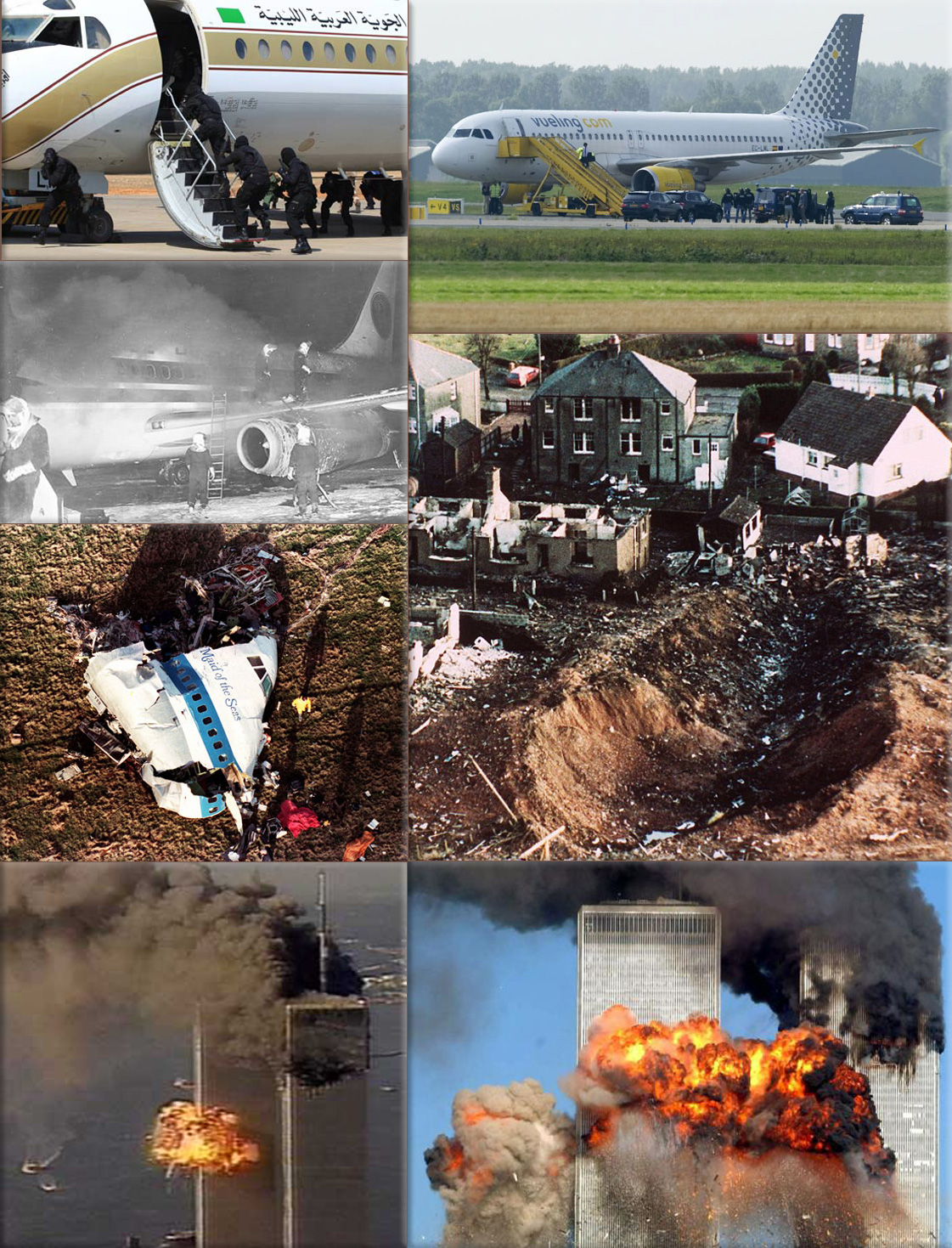
Aircraft hijacking:
1989 - UTA Flight 772; A terrorist bomb explodes in mid-air above the Tùnùrù Desert, Niger, killing 171.
Wikipedia Photo: Hijacked Sudan passenger jet lands in Libya, August 27, 2008; Amsterdam false alarm revives airplane hijacking memories, Passengers leave a Vueling plane at a field near Amsterdam Airport after a hijack scare last week that led the Netherlands to scramble F-16 fighter jets, September 2, 2012 Reuters; Egypt Air flight 648 was hijacked in November 1985 by the terrorist Abu Nidal organisation, credit AP; Cockpit section of Pan Am 103 wreckage following a mid-air explosion, December 21, 1988; 747 Pan Am airliner that exploded and crashed over Lockerbie, Scotland, with 259 passengers on board in 1988; Debris lies in a deep gash through the town of Lockerbie, Scotland, caused by the crash of Pan Am flight 103, credit AP; Flight 175 hits the WTC South Tower. The picture was taken from a traffic helicopter. credit: WABC 7/ Salient Stills; Hijacked United Airlines Flight 175 from Boston crashes into the South Tower of the World Trade Center and explodes at 9:03 a.m. on September 11, 2001 in New York City, credit Spencer Platt / Getty Images.
September 19th, 1991
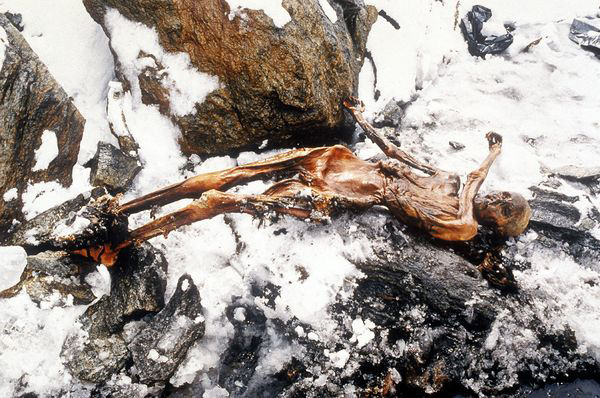
Ötzi the Iceman is discovered by German tourists.
Wikipedia Photo: Otzi the Iceman's New, Older Face Unveiled. National Geographics.
September 19th, 1995
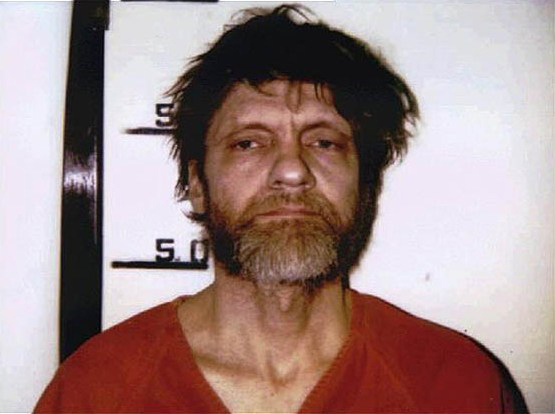
The Washington Post and The New York Times publish the Unabomber's manifesto.
Wikipedia Photo: Ted Kaczynski (also known as the 'Unabomber'), is an American murderer, mathematician, social critic and anarchist. Between 1978 and 1995, Kaczynski engaged in a nation-wide bombing campaign against modern technology, planting or mailing numerous home-made bombs, killing three people and injuring 23 others
September 19th, 2010
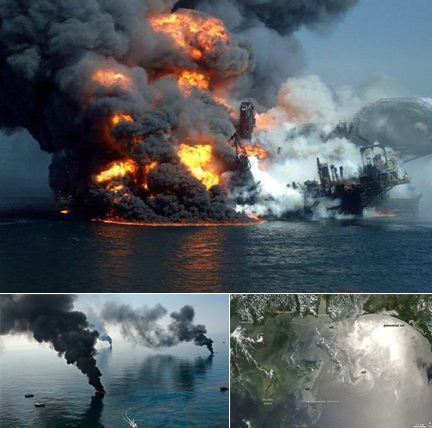
Deepwater Horizon oil spill is sealed.
Wikipedia Photo: Deepwater Horizon oil spill
